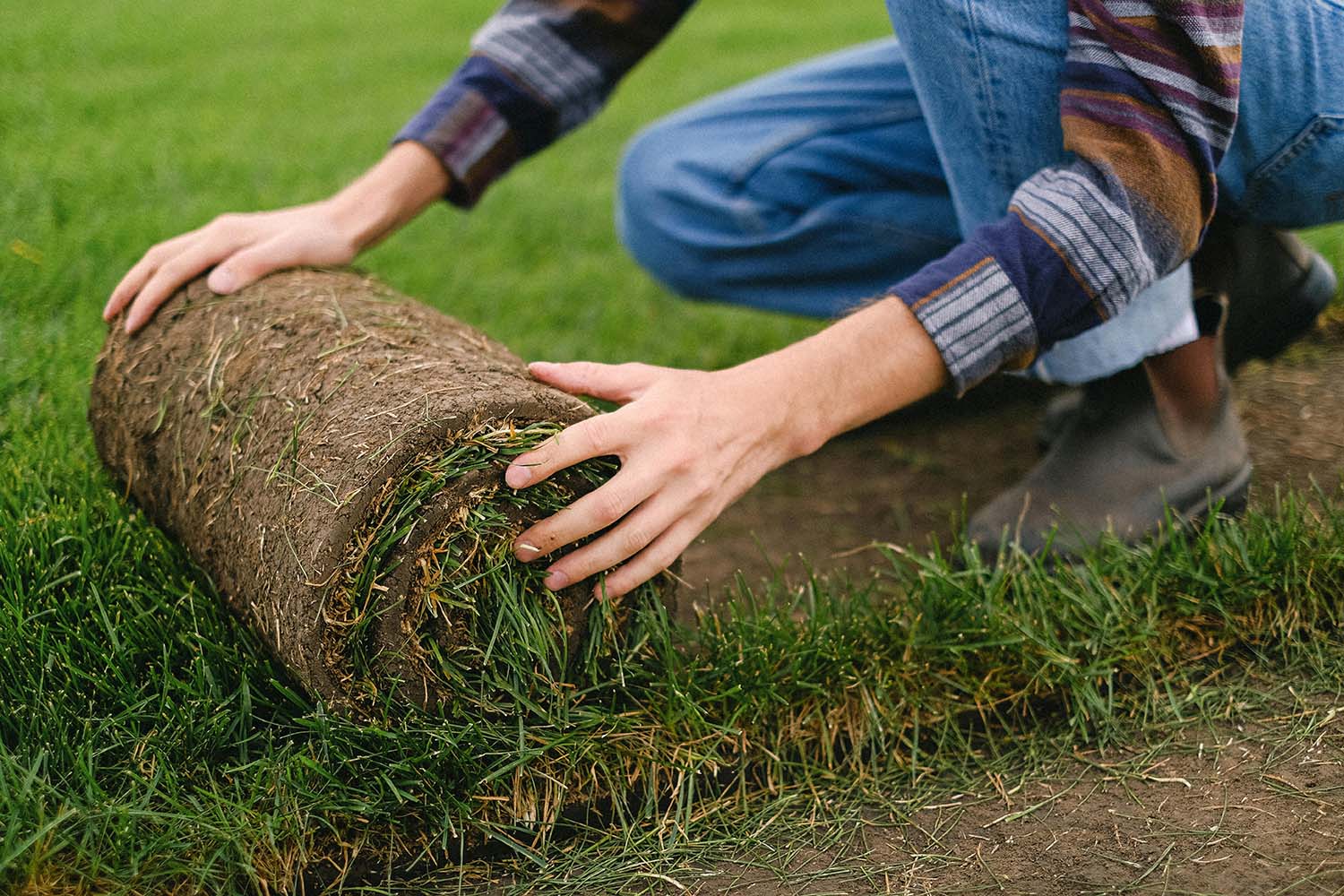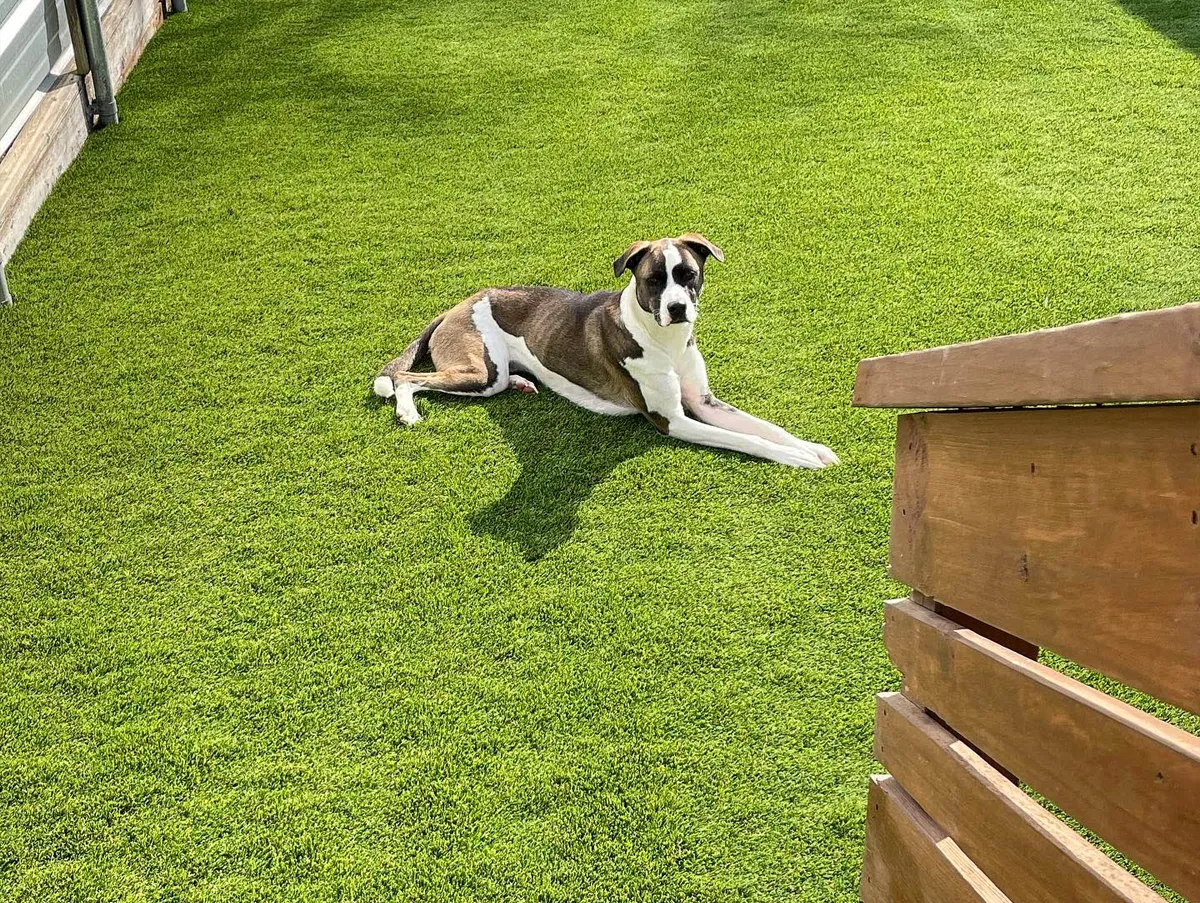Explore the Environmental Perks of Opting for Artificial Lawn Solutions
The adoption of man-made lawn solutions provides a compelling opportunity to address pushing ecological obstacles. By considerably lowering water use and decreasing the application of hazardous chemicals, these options not just promote sustainable landscape design but additionally secure neighborhood communities.
Water Preservation Conveniences
One of the most considerable advantages of artificial grass is its capacity to save water. In comparison, fabricated turf does not require watering, considerably lowering the general demand for water resources.
By eliminating the need for regular watering, synthetic grass adds to lasting landscape practices and helps alleviate the environmental impact of too much water usage. The preservation of water prolongs to the reduction of overflow, which can lead to dirt erosion and river air pollution.
In addition, the setup of synthetic grass allows property owners and municipalities to allot water resources extra effectively, concentrating on necessary uses such as drinking water and farming. The shift in the direction of synthetic grass not just promotes liable water usage yet likewise straightens with more comprehensive ecological objectives aimed at maintaining natural deposits.
As neighborhoods significantly focus on sustainability, the water conservation advantages of synthetic grass provide an engaging situation for its adoption in household and industrial landscape design jobs.
Decreased Chemical Use
The transition to fabricated grass considerably decreases the dependence on chemical treatments typically utilized in all-natural lawn maintenance. Conventional turf administration generally entails the application of herbicides, plant foods, and chemicals to promote growth and control parasites. These chemicals can posture threats to human health and wellness, neighborhood wild animals, and the environment, adding to dirt and water contamination.
In contrast, synthetic grass removes the need for these unsafe substances. Once mounted, it requires very little maintenance, primarily containing regular cleansing and seldom infill replenishment. This reduction in chemical use not only benefits the immediate setting however likewise adds to more comprehensive eco-friendly security. By reducing the release of artificial compounds right into the ecosystem, synthetic grass promotes much healthier soil and water supply.
Moreover, the absence of chemical overflow related to fabricated grass installments assists protect regional waterways from contamination, sustaining water life and preserving biodiversity. Artificial turf companies phoenix. As areas increasingly prioritize lasting methods, deciding for synthetic grass presents a practical solution that aligns with ecological conservation objectives. Through this change, residential property proprietors can enjoy lush environment-friendly areas without endangering ecological wellness, leading the way for an extra sustainable future
Lower Carbon Footprint

Moreover, the installation of synthetic grass can cause significant water preservation. Natural yards call for significant quantities of water for irrigation, which not just includes in the carbon impact related to water removal and therapy yet likewise pressures local water resources. On the other hand, fabricated lawn needs minimal maintenance, calling for no watering, consequently significantly lowering water usage and its connected power prices.
Furthermore, the long life of synthetic grass adds to its reduced carbon effect. With a lifespan of approximately 15 years or more, the need for constant replacements is reduced, resulting in much less waste and lower energy consumption in production and getting rid of standard turf choices. On the whole, synthetic grass provides a lasting choice for ecologically conscious landscaping.
Habitat Conservation
Environment preservation is an important consideration in the discussion over landscaping options, especially when contrasting synthetic grass to natural turf. Natural yard lawns frequently call for extensive maintenance, including making use of pesticides, herbicides, and fertilizers, which can negatively influence regional ecological communities. These chemicals can leach right into the dirt and rivers, hurting native plants and fauna and disrupting local habitats.
On the other hand, synthetic grass presents a chance to minimize the ecological impact of landscaping. By choosing synthetic yard, Arizona artificial turf property owners can reduce the disruption of all-natural habitats connected with conventional grass treatment practices. Synthetic grass eliminates the demand for harmful chemicals, thereby shielding neighboring wildlife and keeping the stability of surrounding ecosystems. Additionally, the setup of man-made turf can result in the conversion of previous lawn areas right into even more biodiverse landscapes, such as pollinator yards or native plant areas, which can support regional wildlife.
Eventually, the transition to synthetic grass not only preserves water and minimizes maintenance initiatives however likewise fosters an extra unified connection in between human tasks and the natural atmosphere, advertising environment conservation in the process.
Long-Term Sustainability
Long-lasting sustainability is a crucial variable in examining the advantages of synthetic grass over traditional lawn lawns. One of one of the most substantial advantages of artificial lawn is its toughness; it can last approximately 15-20 years with marginal upkeep, whereas all-natural turf requires constant reseeding and substitute. This long life lowers the requirement for continuous resources, such as water, plant foods, and chemicals, which are vital for keeping a healthy and balanced grass yard.
In addition, synthetic grass adds to a reduction in carbon emissions connected with lawn treatment tools. Typical yards typically call for gas-powered mowers, trimmers, and blowers, every one of which add to air contamination. Turf installation phoenix az. In contrast, man-made lawn removes the requirement for such tools, promoting a cleaner environment
Moreover, the manufacturing of synthetic grass significantly makes use of recycled products, improving its sustainability profile. As makers adopt green methods, the environmental footprint of fabricated grass proceeds to decrease.

Conclusion
The fostering of artificial lawn options presents considerable environmental benefits, including substantial water conservation, lowered dependence on hazardous chemicals, and a reduced carbon impact. Artificial turf help in preserving all-natural habitats by decreasing land disruption and promoting lasting sustainability through the use of sturdy materials. Collectively, these variables highlight the potential of fabricated grass to add favorably to ecological wellness and offer a sensible option to typical landscaping techniques in check over here a progressively resource-conscious globe.
In contrast, artificial lawn does not require watering, dramatically reducing the general demand for water sources. By reducing the launch of artificial substances right into the ecological community, artificial grass advertises healthier dirt and water systems.
Additionally, the installation of artificial grass can result in substantial water conservation. In contrast, synthetic grass needs marginal maintenance, needing no watering, thus substantially lowering water usage and its associated energy costs.

Comments on “Weather-Resistant Arizona Artificial Turf for Residential and Business Applications”